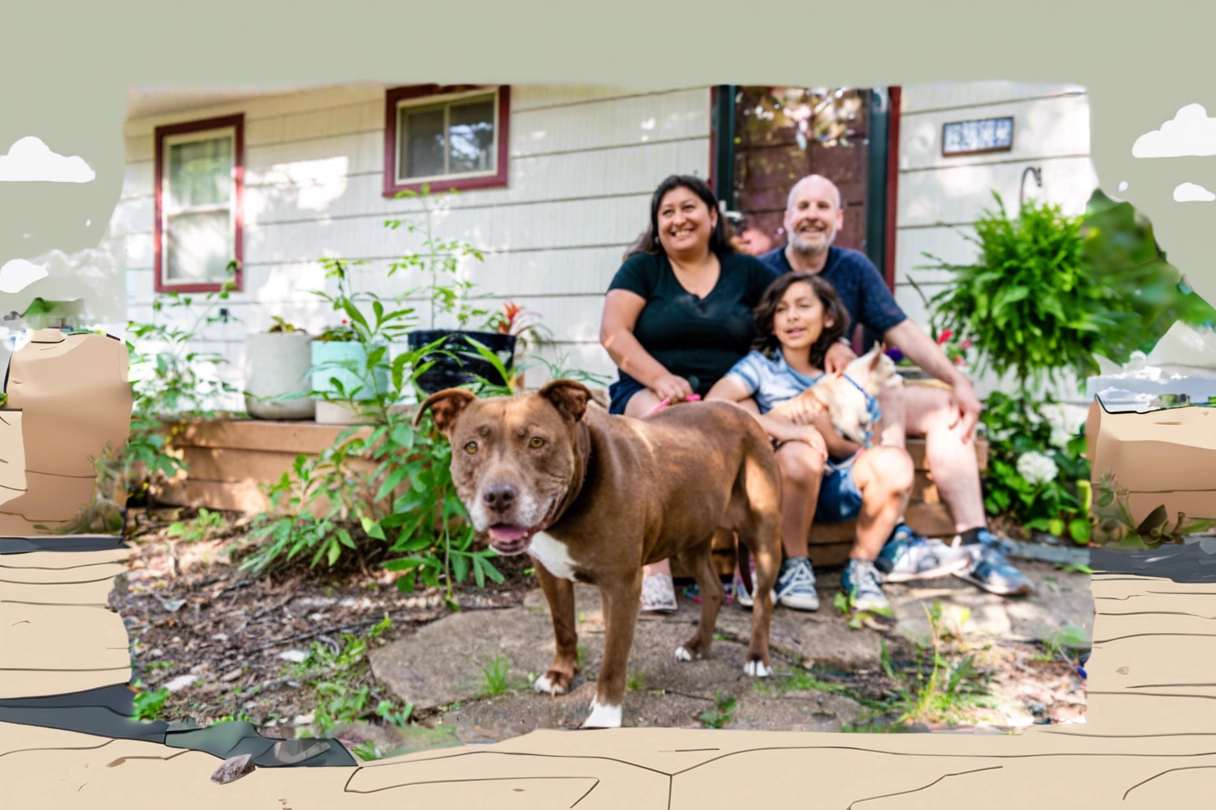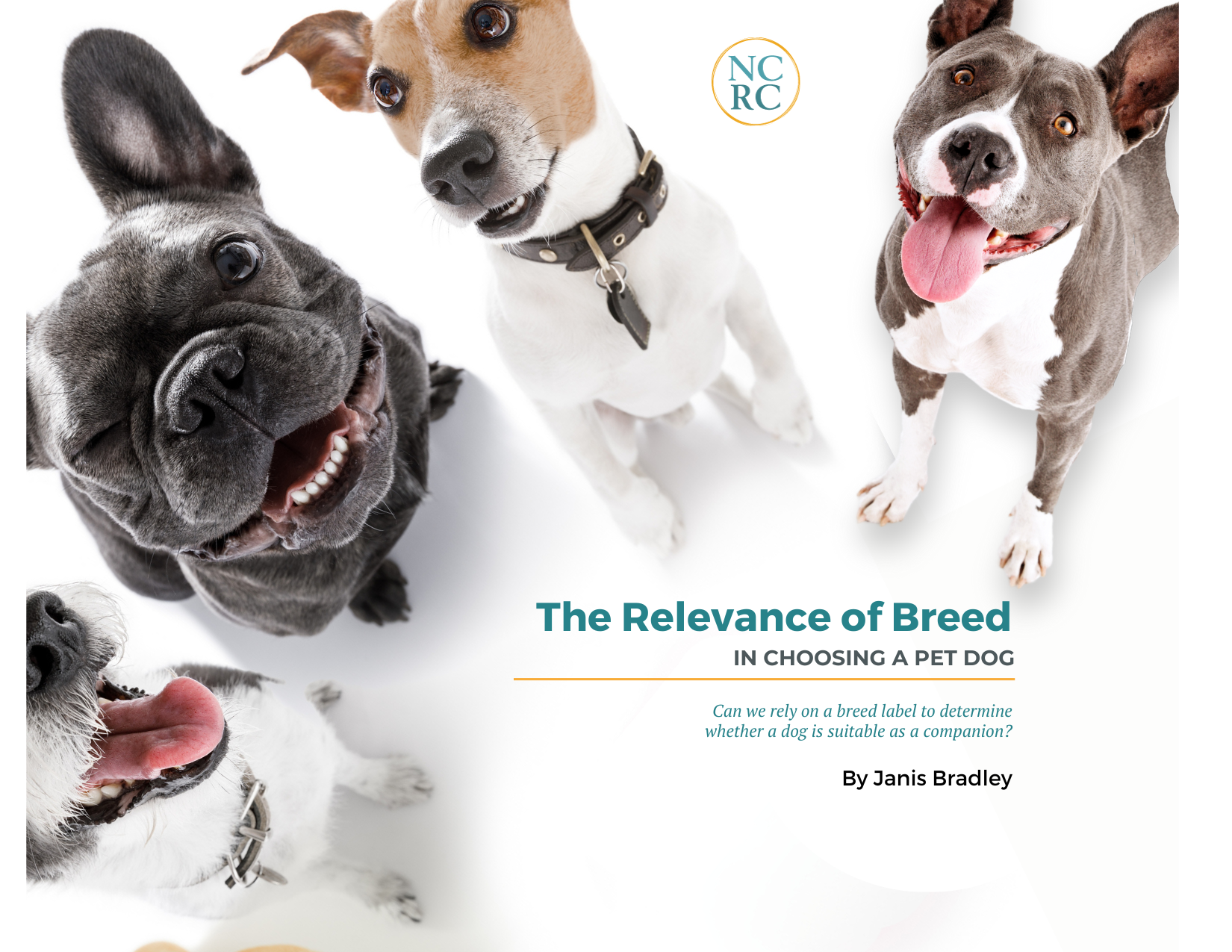All of us who love dogs – whether we live with them, raise them, provide professional services for them, or use them for a purpose – recognize the value they hold in our society. Yet the human-canine bond may be weakened by a disparate amount of resources and support available to human beings in under-served communities throughout the United States.
A new “Pets for Life” (PFL) community outreach toolkit from the Humane Society of the United States (HSUS), made possible by support from PetSmart Charities, provides a comprehensive road map designed to help animal welfare organizations and animal advocates build humane communities by extending the reach of animal services, resources, and information to under-served areas, thereby improving the well-being and saving the lives of dogs throughout the United States.
Based on the fundamental understanding that where there is human suffering, there is animal suffering, the PFL toolkit breaks from the traditional animal welfare model and extends compassion and resources to their human counterparts who care for them. The first of its kind, this step-by-step guide is designed specifically to empower communities that—because of economic, social, linguistic, or cultural factors—do not have access to pet-care information, resources, or veterinary and related services, despite their often great need.
The toolkit makes PFL’s community-centered approach easy to replicate in cities around the United States, with minimal need to reinvent the process and maximum support for best practices. It is comprised of 14 chapters – including “Community Assessment,” “How to Approach and Talk to People,” and “Effective Spay/Neuter Outreach,” – to prepare for, execute, and track outreach efforts. The toolkit also includes tips and ideas from cities where HSUS has already implemented the PFL program, as well as templates to use in your own community.
Why focus on community programs when shelters are full of homeless dogs?
In it’s snapshot of the U.S. in the 21st century, the toolkit reminds us that the human half of the human-canine bond is struggling and/or is not being reached through traditional outreach efforts: 6 out of 10 U.S. households include at least one pet, but 1 in 6 Americans lives in poverty and 1 in 5 Americans speak a language other than English at home. As our cultural landscape changes, so must our approaches to addressing animal welfare in our communities.
It is important for animal welfare and wellness providers to understand the culture of poverty experienced by the human caregivers of millions of pets. As the toolkit explains, “We must recognize that animal welfare issues do not exist in a vacuum — they are part of a complex social structure and simplifying our decision on who we provide services to based only on income lacks understanding of that and can limit our reach and impact.”
The PFL toolkit also challenges the traditional assumption that owners of unaltered pets or those whose pets are living in less-than-ideal conditions are irresponsible, uncaring, or perhaps even malevolent. HSUS’s hands-on experiences in five cities where PFL has been implemented – Chicago, New York City, Philadelphia, Los Angeles, and Atlanta – as well as their experience in the Gulf region after Hurricane Katrina, illustrated what progressive animal welfare advocates have long suspected: the overwhelming majority of pet owners want what is best for their animals, but some lack the resources and information to provide for them.
Take, for example, the number of unaltered pets living in under-served communities. Research conducted by HSUS found that cost was the number-one reason why owners of unaltered pets do not sterilize their pets. With that in mind, consider the following:
– According to the 2011-12 APPA National Pet Owners Survey, 78% of the respondents who owned dogs and 88% percent of those who owned cats reported that their pets were spayed or neutered. [1]
– In the under-served communities where PFL is active, however, only a small minority of owned cats and dogs (approximately 31%) have been altered.
Humans make decisions for their dogs, based upon their understanding of their dog’s needs and their ability to provide for them. After all, it is humans that enable dogs to thrive, and they usually want them to do so. It is critical that the animal advocacy community engage with all owners in an effective and genuine manner, in order to create lasting change for animals.
PFL community outreach preserves treasured human-canine bonds where they already exist. Such an approach breaks with animal welfare tradition, as upwards of 95% of all resources are allocated to ‘reactive’ programs: those delivered to animals after they enter into the custody of a shelter or rescue. Pets for Life asserts that it is our responsibility as animal advocates to be pro-active in helping to maintain and nurture established human-canine bonds so that they flourish regardless of the owner’s socio-economic status. Because PFL yields better-resourced pet own-ers, it also provides an opportunity to improve outcomes for shelter animals.
Anyone can access the Humane Society of the United States’ “Pets for Life” community outreach toolkit in PDF format (84.7MB) for free by clicking here.
Print versions that include the toolkit on a flash drive can be purchased here for $30.00: http://marketplace.animalsheltering.org/product/Pets_for_life_outreach_toolkit.
SOURCES & NOTES:
[1] American Pet Products Association (APPA). (2012). 2011-2012 APPA National Pet Owners Survey. [Data].







